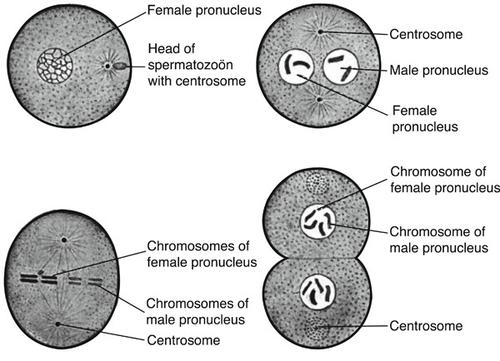当前位置:
X-MOL 学术
›
Evol. Dev.
›
论文详情
Our official English website, www.x-mol.net, welcomes your
feedback! (Note: you will need to create a separate account there.)
Parthenogenesis and developmental constraints.
Evolution and Development ( IF 2.6 ) Pub Date : 2019-10-17 , DOI: 10.1111/ede.12324 Frietson Galis 1 , Jacques J M van Alphen 1
Evolution and Development ( IF 2.6 ) Pub Date : 2019-10-17 , DOI: 10.1111/ede.12324 Frietson Galis 1 , Jacques J M van Alphen 1
Affiliation

|
The absence of a paternal contribution in an unfertilized ovum presents two developmental constraints against the evolution of parthenogenesis. We discuss the constraint caused by the absence of a centrosome and the one caused by the missing set of chromosomes and how they have been broken in specific taxa. They are examples of only a few well‐underpinned examples of developmental constraints acting at macro‐evolutionary scales in animals. Breaking of the constraint of the missing chromosomes is the best understood and generally involves rare occasions of drastic changes of meiosis. These drastic changes can be best explained by having been induced, or at least facilitated, by sudden cytological events (e.g., repeated rounds of hybridization, endosymbiont infections, and contagious infections). Once the genetic and developmental machinery is in place for regular or obligate parthenogenesis, shifts to other types of parthenogenesis can apparently rather easily evolve, for example, from facultative to obligate parthenogenesis, or from pseudoarrhenotoky to haplodiploidy.
中文翻译:

单性生殖和发育障碍。
在未受精的卵子中没有父本的贡献对单性生殖的进化提出了两个发展限制。我们讨论了由于缺少中心体而引起的限制,以及由于缺少染色体组而导致的限制,以及它们如何在特定的分类单元中被破坏。它们只是在动物的宏观进化尺度上发挥发展约束作用的少数几个很好例子的例子。最好的理解是打破缺失染色体的约束,通常涉及减数分裂急剧变化的罕见情况。这些急剧的变化可以通过突然的细胞学事件(例如,重复的杂交,内共生体感染和传染性感染)被诱导或至少得到促进而得到最好的解释。
更新日期:2019-10-17
中文翻译:

单性生殖和发育障碍。
在未受精的卵子中没有父本的贡献对单性生殖的进化提出了两个发展限制。我们讨论了由于缺少中心体而引起的限制,以及由于缺少染色体组而导致的限制,以及它们如何在特定的分类单元中被破坏。它们只是在动物的宏观进化尺度上发挥发展约束作用的少数几个很好例子的例子。最好的理解是打破缺失染色体的约束,通常涉及减数分裂急剧变化的罕见情况。这些急剧的变化可以通过突然的细胞学事件(例如,重复的杂交,内共生体感染和传染性感染)被诱导或至少得到促进而得到最好的解释。











































 京公网安备 11010802027423号
京公网安备 11010802027423号